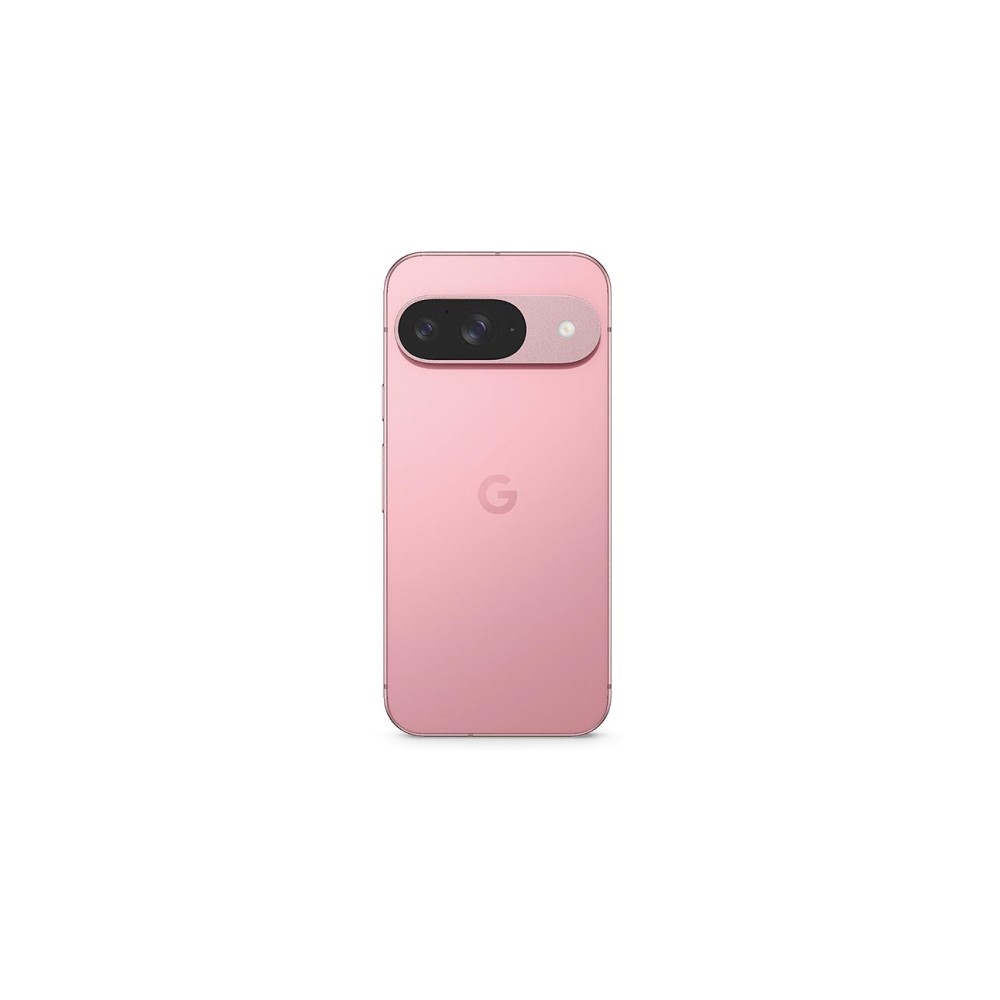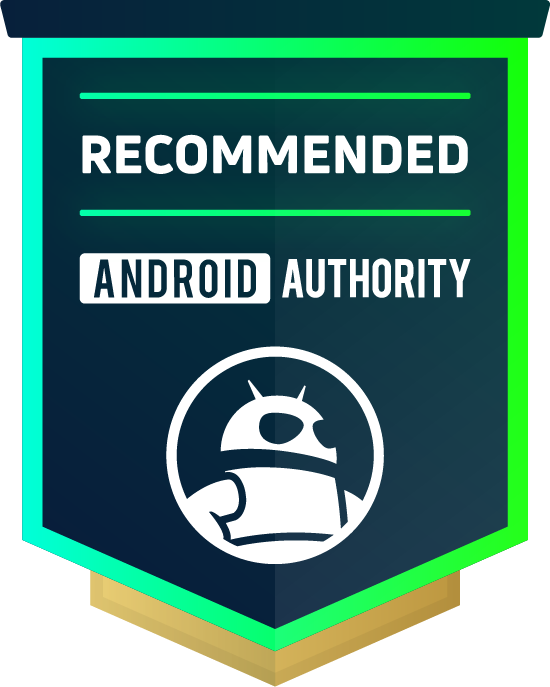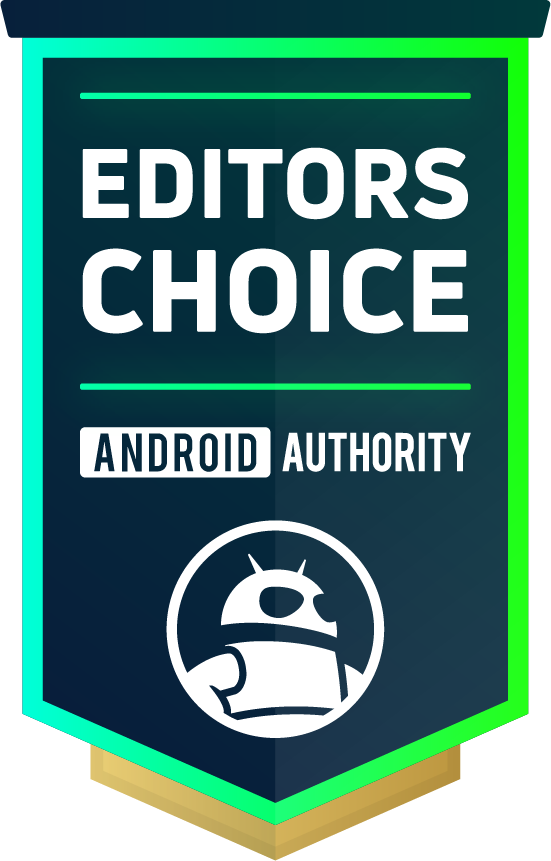Affiliate links on Android Authority may earn us a commission. Learn more.
The best small Android phones you can still buy in 2025
Published onFebruary 19, 2025









Small Android phones are virtually extinct in 2025, at least by the traditional definition. “Small phones” once referred to those well under six inches, but with shrinking bezels and other design improvements, display sizes have ballooned. Now, anything under 6.2 inches is considered relatively small. There are many reasons why displays under six inches are pretty much extinct now, but the video above does a great job of summing up some of the key points and how the small phone market has changed. In this guide, we take a look at the best small Android phones available today, even if these might seem like monsters compared to phones from just five or six years ago.
Buyer's Advice: Finding the right type of small phone in 2025
There are essentially two sub-classes when it comes to today's smaller phones. First, you have traditional candy bar phones with displays hovering close to the 6-inch mark, and then you have foldable flip phones that are smaller in pocketability but not screen real estate. Which should you buy? It really depends on what you prioritize:
- Traditional Android phones are best for one-handed use if you care more about the footprint when you are using them than when they are in your pocket.
- Foldable flip phones are best if you love (or don't mind) big screens but want something that's easier to pocket or takes less room in a handbag.
The Google Pixel 9 is the smallest Pixel flagship available


It’s very rare to find a phone under 6 inches, but the Pixel 9 comes close. It includes a slightly larger display than its predecessor, at 6.3 inches, but it still feels compact in the hand compared to much larger alternatives. For those who want something smaller with flagship-level smarts, the Pixel 9 is one of the best choices around.
The Google Pixel 9 is a bit more expensive than the Pixel 8 it replaced, but it also offers several substantial upgrades, including a new in-house Tensor chip and more RAM. This chip is designed to build on already strong performance while also addressing the Tensor’s past overheating issues.
Although the Tensor isn’t quite as powerful as rival Qualcomm chips, it handles AI, photography, and other machine learning aspects brilliantly. It is a great performer for day-to-day use. We also need to mention Google’s incredible update policy, which includes a whopping seven years of updates and hardware support. That’s two lifetimes in the smartphone era, and who knows where we’ll be in 2031.
What makes it stand out
- Value: The price is slightly higher than last year, but this phone will last a long time with seven years of updates.
- Excellent photos: The Pixel 9 is a great point-and-shoot camera, mostly thanks to the continued focus on image processing and updated camera hardware.
- Software smarts: Clever Pixel features like Magic Eraser and AI call screening continue to grow and improve over time.
Pixel 8a is the best cheap alternative to the Pixel 9


While it’s actually slightly larger than the Pixel 8 despite its smaller 6.1-inch display, the Pixel 8a is also relatively small compared to the other options out there. The phone is also a bit cheaper than the Pixel 8 and Pixel 9, that is, unless you can find the former model on sale. You’ll be able to use the Pixel 8a with one hand, just like the Pixel 9, though it will be a bit of a struggle depending on your hand size.
Under the hood, the Pixel 8a has a Tensor G3 processor and 8GB of RAM. That’s the same processor found in the main Pixel, so you’ll get a similar experience when it comes to AI and general performance. The Pixel 8a’s biggest trade-offs are a weaker camera and cheaper body construction when compared to its more expensive older brother. Thankfully, you still get the same amazing update support. Google promises seven years of Pixel OS updates, security patches, and feature drops.
Of course, you’ll also enjoy all the pros that come with getting a Pixel phone. This will be among the first phones to get updates, for example. It also gets access to most Pixel-exclusive features. Not to mention, the UI will be as clean as they get.
What makes it stand out
- Value: You won’t find another mid-ranger with better update policies and arguably some of the best specs.
- Above-average camera: While it’s not the Pixel 9 camera, the Pixel 8a still has an above-average camera for a mid-range phone.
- Software smarts: Clever Pixel features like Magic Eraser and AI call screening continue to grow and improve over time and are fully supported here.
The Samsung Galaxy S25 is the best small phone from Samsung

Samsung Galaxy phones have always been among the best Android phones you can buy, and the brand is committed to keeping a small phone option at just 6.2 inches. The Samsung Galaxy S25 has nearly all of the polish and aftermarket support that’s made Samsung the leader in the Android world for years, just in a smaller package.
It comes with a powerful Qualcomm Snapdragon 8 Elite for Galaxy and 12GB of RAM. The 4,000mAh battery isn’t exactly massive, but it will keep the phone running throughout a full day. Like all other Samsung flagships, it gets a really nice display, featuring a Dynamic LTPO AMOLED 2X panel with a Full HD resolution and 120Hz refresh rate.
Samsung’s flavor of Android is highly customizable and a joy to use, although there is more bloatware than you’ll find on devices from other OEMs. It certainly isn’t the best for Android purists. Still, that’s a small price to pay for fantastic aftermarket support, including seven years of OS and security updates.
Overall, the Samsung Galaxy S25 is a solid phone for just about anyone. It’s not the smallest Android phone you can buy, but it’s small enough to be convenient and comfortable to hold with one hand.
What makes it stand out
- Great general performance: This is a high-end device through and through. It comes with great specs, and offers stunning performance.
- Gorgeous screen: The 6.2-inch Dynamic LTPO AMOLED 2X is a bit on the large side (for this list), but it features excellent color, sharpness, and a very smooth refresh rate.
- Fantastic support: This phone gets an industry-leading update promise of seven years!
The Samsung Galaxy Z Flip 6 is a different kind of small phone


Every other phone so far has packed a traditional candy bar design that’s small enough to be used with one hand, even if some phones are harder to do this with than others. The Galaxy Z Flip 6 is one of two options on this list that are a different kind of small phone: Foldables. The Galaxy Z Flip 6 manages to keep a small footprint thanks to its folding design.
Folded, the Z Flip 6 is a truly tiny Android phone that’s perfectly pocketable and usable. On the front of the device, there’s a 3.4-inch cover screen that’s great for checking notifications or the time without opening the device, which is good news for battery life and removing distractions from your life. Opened, it has a much larger 6.7-inch AMOLED display. Thanks to its thinner and taller profile, it’s also easy to use with one hand.
Moving past the design, the Snapdragon 8 Plus Gen 3 for Galaxy processor is a top performer, capable of powering through anything you can throw at it. The battery packs a fair capacity of 4,000mAh, which just about makes it to the end of a single day in our testing. However, you can extend battery life by relying more on the smaller outer screen.
Camera performance is also great, thanks to an upgraded 50MP rear camera, that brings it up to speed with Samsung’s traditional flagships. Overall, its performance is excellent for a small Android phone, but it’s not a reason to purchase this device.
The Samsung Galaxy Z Flip 6 isn’t a small Android phone in the traditional sense, but in many ways, it’s even better. It certainly isn’t cheap, but the cool factor of having a foldable is more than worth the price of entry. If you’ve been eyeing foldables for a while, this is the one that we can finally recommend to just about anyone.
What makes it stand out
- It flips: The Z Flip 6 opens up into a large 6.7-inch screen, just like the clamshell flip phones of old times. You can also use it folded.
- Great performance: This is still a high-end device, and its specs allow it to handle nearly any task easily.
- Solid cameras: Both sensors on this camera perform well, with Samsung’s trademark post-processing.
The Motorola Razr Plus 2024 is a good Z Flip alternative


The Motorola Razr Plus 2024 is the Galaxy Z Flip 6’s biggest competitor. In fact, many would argue the phone is better than Samsung’s. At the very least, we can agree it beats the giant in some departments.
For starters, the Motorola Razr Plus 2024 has a very special design you don’t see very often in other handsets. The faux leather back looks very nice, and it adds a texture that feels very comfortable, adding a nice grip. Additionally, it comes in very fun colors you might enjoy.
The performance is also pretty good, featuring a Snapdragon 8s Gen 3, as well as 12GB of RAM. Another great benefit of Motorola’s flagship flip phone is that it comes with a larger 4.0-inch cover display. It actually covers most of the front, with very thin bezels around it. When unfolded, you’ll enjoy a pretty large 6.9-inch LTPO AMOLED panel with a Full HD resolution. Here’s something really cool, though: it has a super smooth 165Hz refresh rate. This even beats most of the highest-end smartphones out there.
Motorola is also known for its clean UI, so this is a better fit if you prefer phones with a near-stock Android experience. If you don’t feel like spending as much on the Motorola Razr Plus 2024, there’s also the Motorola Razr 2024 ($699 at Amazon), which is also an awesome flip phone.
What makes it stand out
- It flips: Just like the Z Flip, you get a big screen when you need it, but a phone that’s perfectly pocketable.
- Clean software: Motorola is known for keeping the UI clean and simple, as close to stock Android as possible.
- Great screens: For starters, the external display is larger at 4.0 inches. Additionally, the internal screen has a 165Hz refresh rate, which is outstanding.
What we look for in the best small Android phones
Size is obviously our primary concern when selecting the best small Android phones, but there are several factors we consider. Here’s a quick breakdown:
- Size: For this list, we considered phones with screen sizes of 6.3 inches and below. This is larger than phones from the past, but unless you’re willing to use a phone from five years ago, this is, unfortunately, as small as it gets. It’s also worth noting that screen size is measured diagonally, so the exact dimensions for each phone will vary.
- Price and value: More expensive phones are not always better, and small Android phones are not always cheaper. In fact, many of the few small Android phones on the market are more expensive than budget alternatives, but still represent a good value for what you get.
- Performance: All of the small phones on our list have flagship power, although some are older-generation models. This isn’t necessarily a bad thing, as many newer flagship processors struggle with heat issues.
- Cameras: Small Android phones tend to have fewer lenses, but that doesn’t mean they aren’t capable shooters. All of our picks above take great pictures, but you will have to sacrifice a telephoto lens.
- Battery life: Size constraints mean smaller Android phones generally have smaller battery capacities, but all of the phones we’ve selected are capable of making it through a full day’s use.
- Build quality: Phones are only getting larger, so the more durable your phone is, the longer it will last. Premium materials like aluminum frames and Gorilla Glass Victus are what we look for.
- Software: Although all of these phones run Android, each manufacturer’s version of Android differs, as does the number of years each phone will receive updates and support.
Frequently asked questions
We can’t pinpoint an exact reason why smaller smartphones are so rare these days, but we can say it’s an industry trend that’s been developing for years. The market has slowly moved to larger screens, which naturally translates to bigger devices.
Actual small phones are rare, but some high-end devices do come in smaller iterations. These include models like the Samsung Galaxy S25 and Google Pixel 9 base models. Now, actual small high-end phones that are under six inches are pretty much non-existent now. You would have to get a previous-gen device.
Although it’s counterintuitive, cheap Android phones tend to be on the larger side. In fact, most of the small Android phones on our list are premium devices with price tags to match.